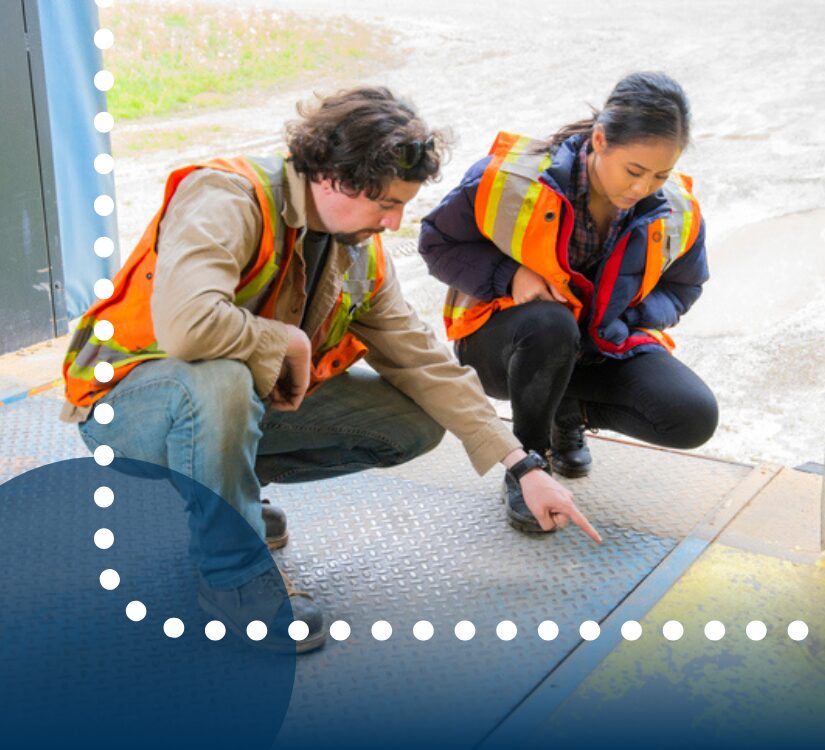
Every year, Occupational Safety and Health Administration (OSHA) publishes their top violations at worksites across the country. They hope to alert employers to these commonly cited violations so that they can take steps to find and fix the issues before getting a violation themselves. By correcting these problems, you are taking the proper steps to prevent injuries in the workplace. Here are 5 of the most common violations.
1. Hazard communication standard
The rule: To ensure chemical safety in the workplace, information about the identities and hazards of the chemicals must be available and understandable to workers.
What you can do: If you handle any hazardous chemicals, they must have labels on each chemical. Safety data sheets also need to be created for the workers who handle these substances and proper training needs to occur so they handle them correctly.
2. Respiratory protection
The rule: In order to protect employees from air contaminated with harmful dust, fog, fumes, vapors or sprays, an employer must provide the proper respirators and ensure use.
Violating this rule puts your associates at high risk. According to OSHA, not complying this this rule leads to hundreds of deaths and thousands of illnesses annually due to the increased chance of respiratory illnesses.
What you can do: Create a respiratory protection program. This should include specific written procedures, training, inspection and enforcement.
OSHA provides sample programs on their website so you can build a complete program to guarantee compliance.
3. Control of hazardous energy (lockout/tagout)
The rule: Hazardous energy sources include electrical, mechanical, hydraulic, chemical or thermal. Associates servicing or maintaining equipment may be seriously injured or killed if hazardous energy is not properly controlled.
What you can do: Create a proper lockout/tagout procedure to protector associates from hazardous energy. Then train associates who work with hazardous energy on how to recognize problems and take the correct steps to isolate or control the energy safely.
A fact sheet on how to create a compliant lockout/tagout procedure can be found here.
4. Machinery and machine guarding
The rule: Moving machine parts have the potential to cause severe workplace injuries, such as crushed fingers or hands. Safeguards are crucial for protecting associates from these preventable injuries.
What you can do: Do an audit of the machines that may cause the most injury. Ones to always check are saws, presses and plastics machinery. Then create safeguards if anything is deemed unsafe.
The safeguard must prevent hands, arms, and any other part of an associate’s body from making contact with dangerous moving parts. A good safeguarding system eliminates the possibility anyone putting parts of their body in harm.
5. Eye and face protection
The rule: OSHA requires employers to provide eye and face protection whenever necessary. Eye injury is incredibly common in many manufacturing jobs but can often be prevented with proper equipment.
What you can do: Ensure you are selecting the correct personal protective equipment (PPE) for each task. Some jobs require different equipment. Create a training program for associates on the importance of PPE and ensure compliance on the floor with repeated checks.
If you’re concerned with getting an OSHA violation or that your safety procedures aren’t up to par, consider partnering with a trusted staffing firm. Staff Management | SMX has the proper safety program and procedures to make sure associates are staying safe in the workplace.



